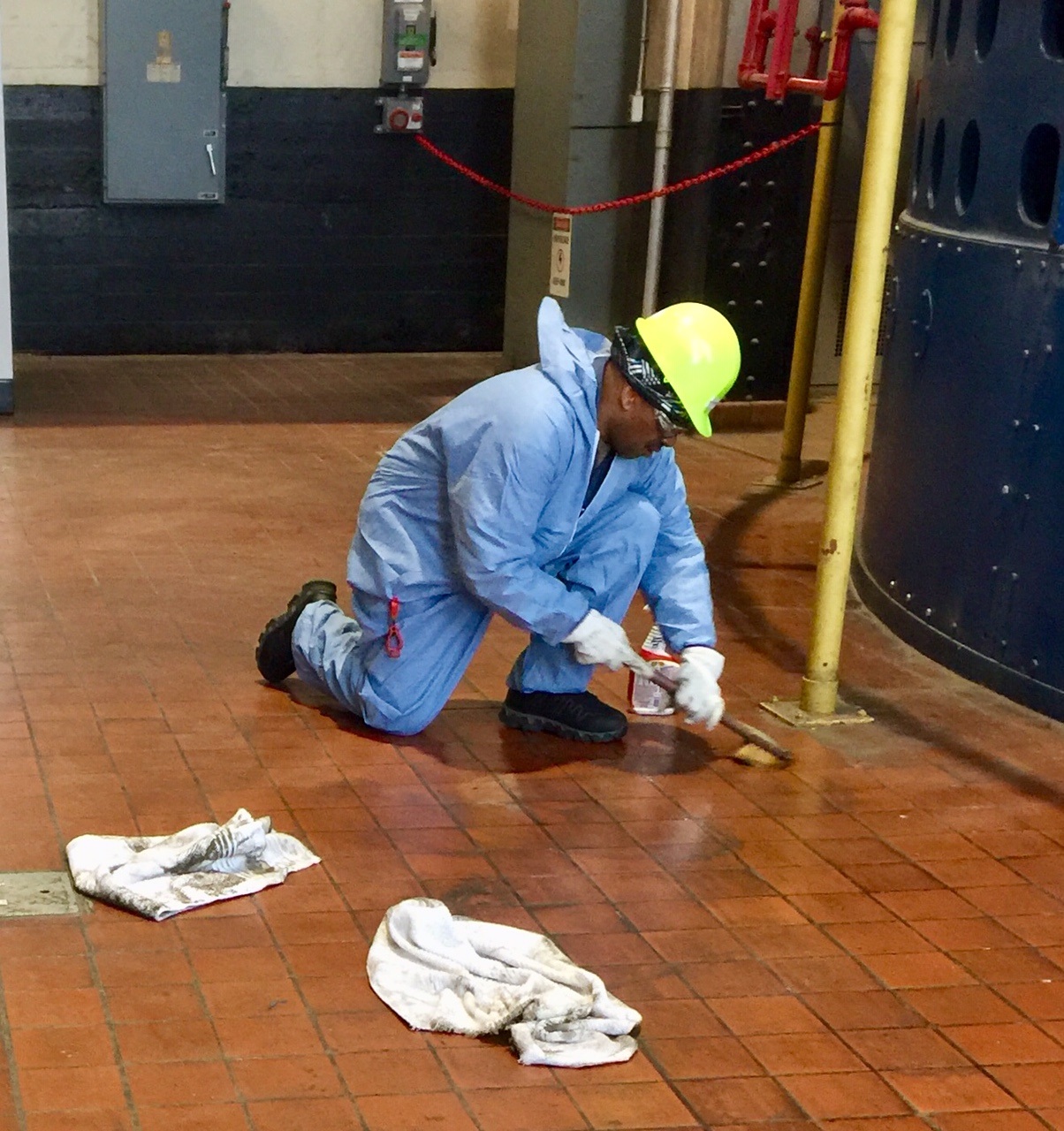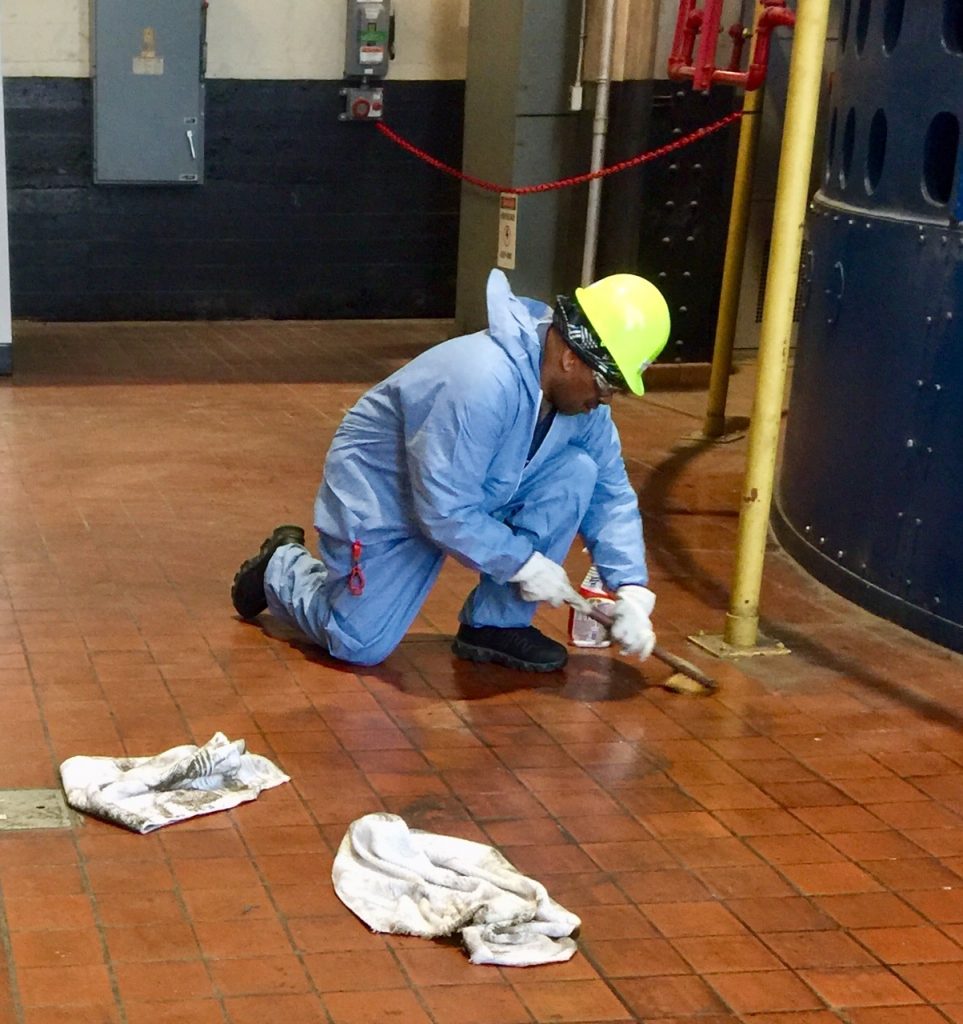Do it without thinking.
 From our Safety Manager, Susan Dunlap.
From our Safety Manager, Susan Dunlap.
I received this text at 4:11 am on Sunday morning: “Thank you for teaching me.”
Usually a middle-of-the-night text means bad news. But this story has a happy ending. The RUS supervisor who texted me was referring to a Red Cross CPR/First Aid class that he took at our home office on December 26, 2018. On Saturday, January 11, he used what he had learned to perform CPR on his 21-year-old nephew.
“He didn’t have a pulse,” the supervisor wrote to me. “I drug him out of the chair and started compressions and blowing air in him. I didn’t count or anything. I just did it without thinking.”
Thanks to the employee’s quick response, his nephew’s pulse resumed before emergency personnel arrived on the scene. “I was going to stay up here this weekend (on the job site),” the supervisor said. “But I think God sent me home instead.”
To this employee, I want to express my sincerest appreciation:
- Thank you for paying attention in CPR class.
- Thank you for remembering what you learned.
- Thank you for taking action in an extremely stressful situation.
This simple text sums up why I love my job. Let us all take the skills we learn in workplace safety training home to our families, each and every day. We want to be ready when our loved ones need us the most. And in the words of the RUS supervisor, do it without thinking.




 One of our hydro mechanics recently came across a banded water snake (also known as a Southern water snake). The mechanic opened the draft tube door to inspect the parking ledge for the runner – and realized he had some company in there. At RUS, we have a specific training module on snakes that is a required part of our new hire orientation. Making employees familiar with the types of snakes that are common to our work area, and teaching the crew what to do when they come across a snake, can keep a run-in from becoming a recordable.
One of our hydro mechanics recently came across a banded water snake (also known as a Southern water snake). The mechanic opened the draft tube door to inspect the parking ledge for the runner – and realized he had some company in there. At RUS, we have a specific training module on snakes that is a required part of our new hire orientation. Making employees familiar with the types of snakes that are common to our work area, and teaching the crew what to do when they come across a snake, can keep a run-in from becoming a recordable.